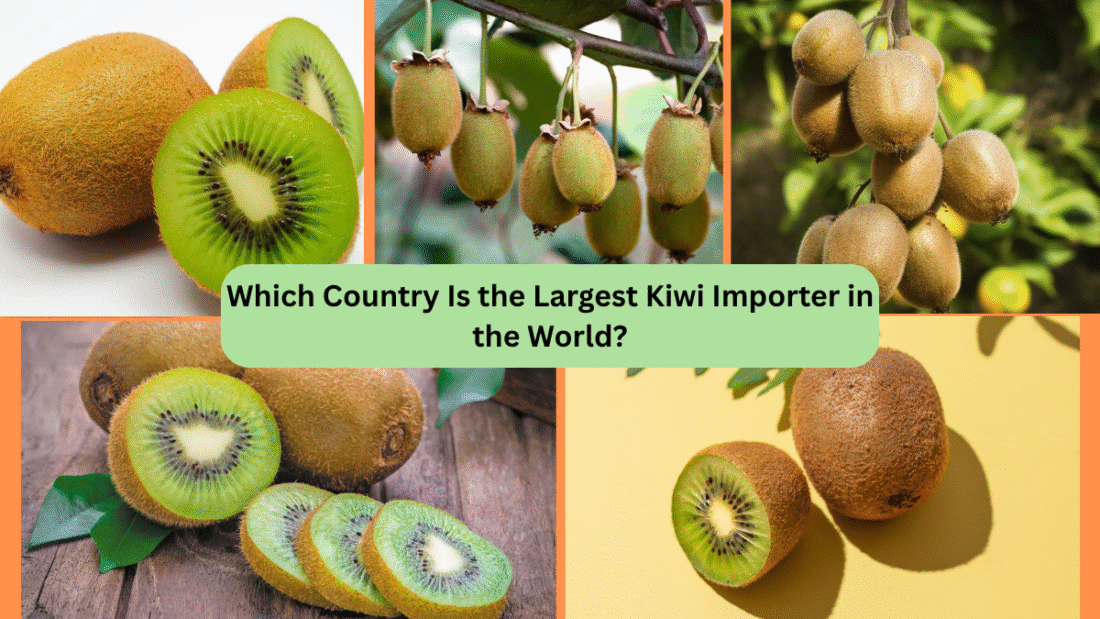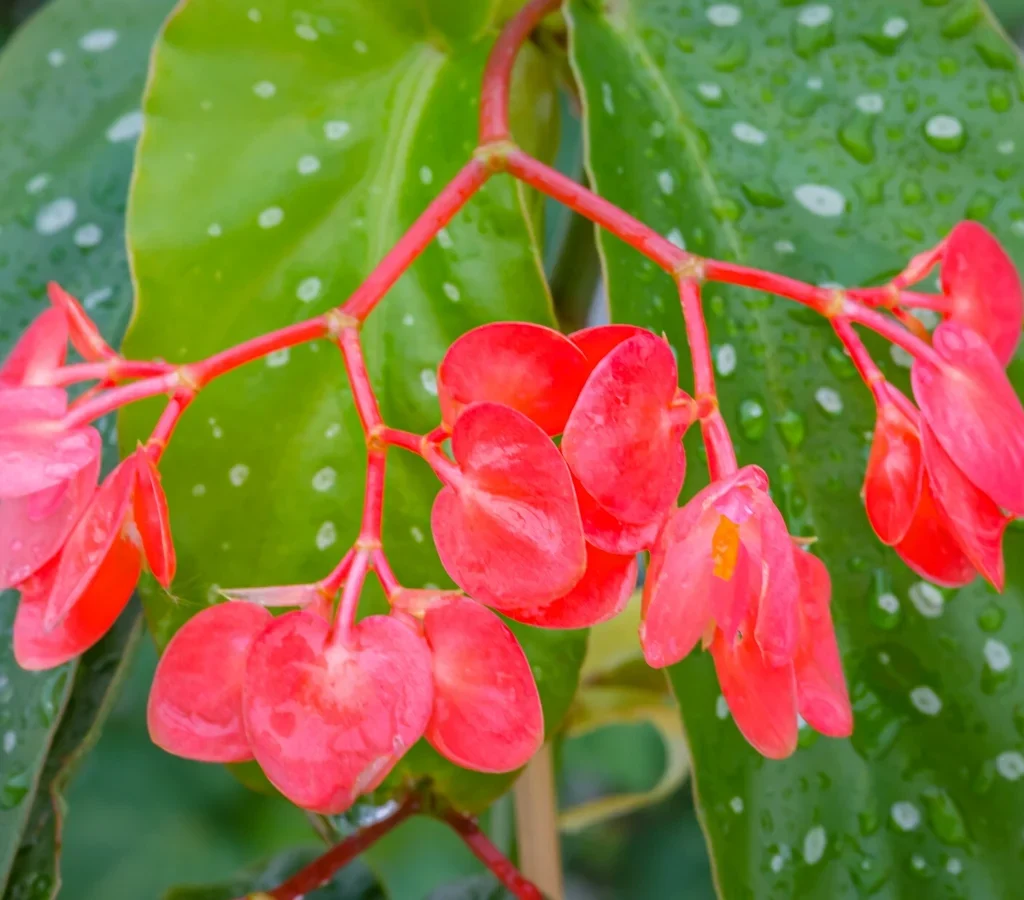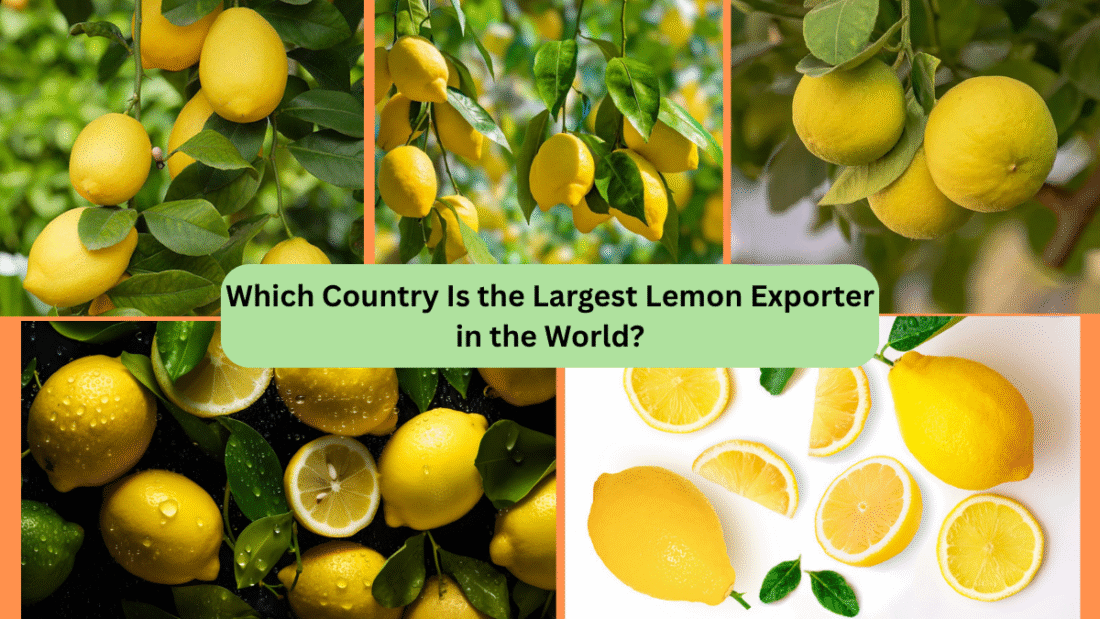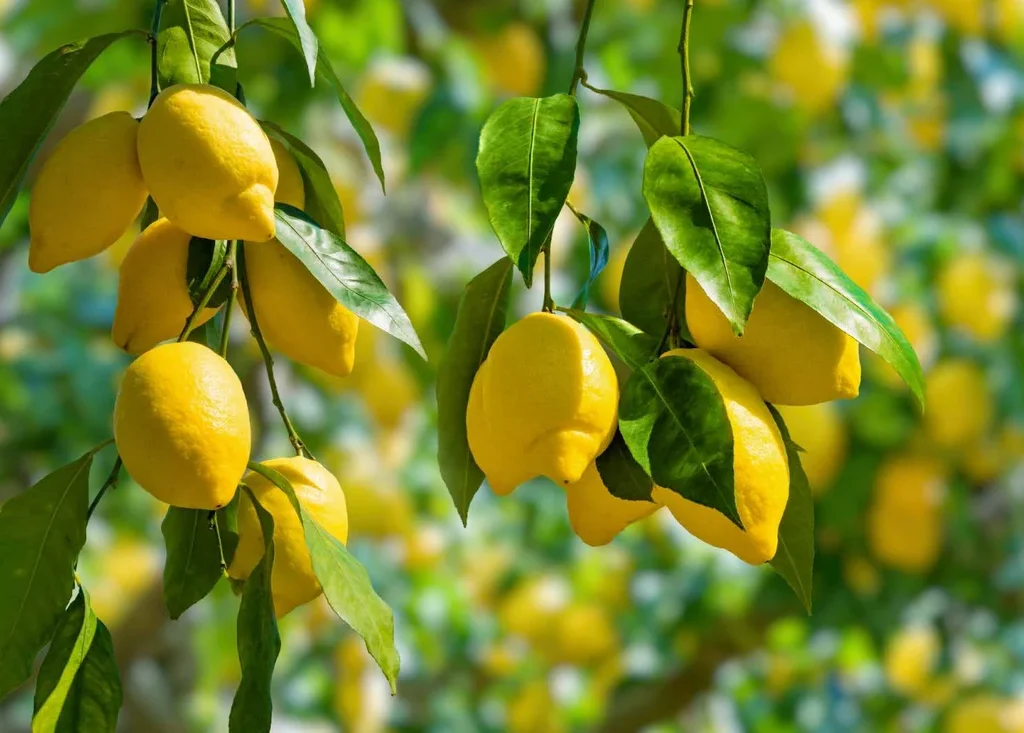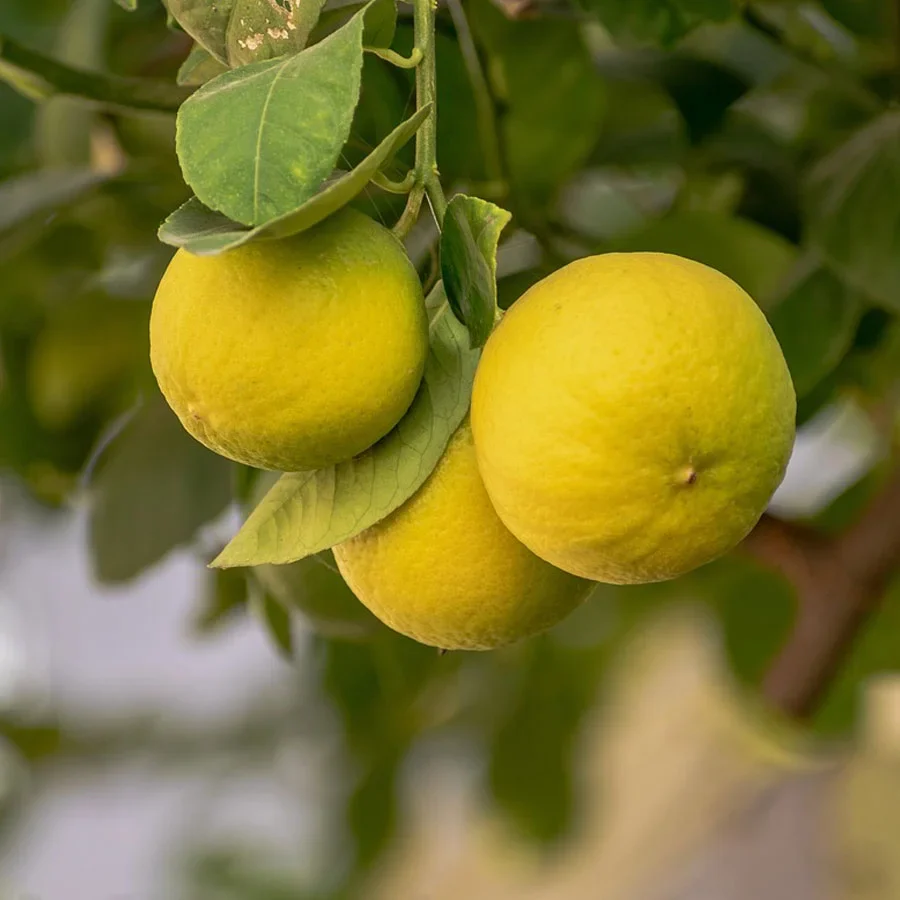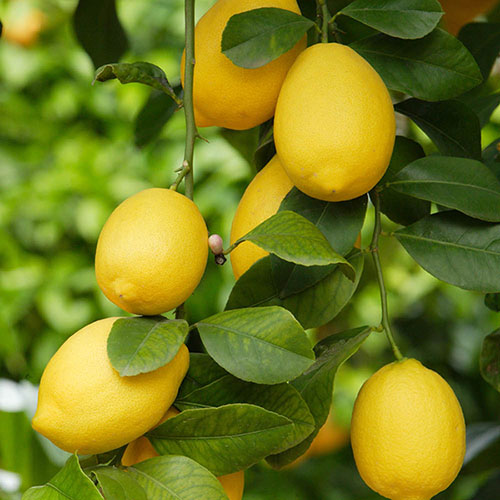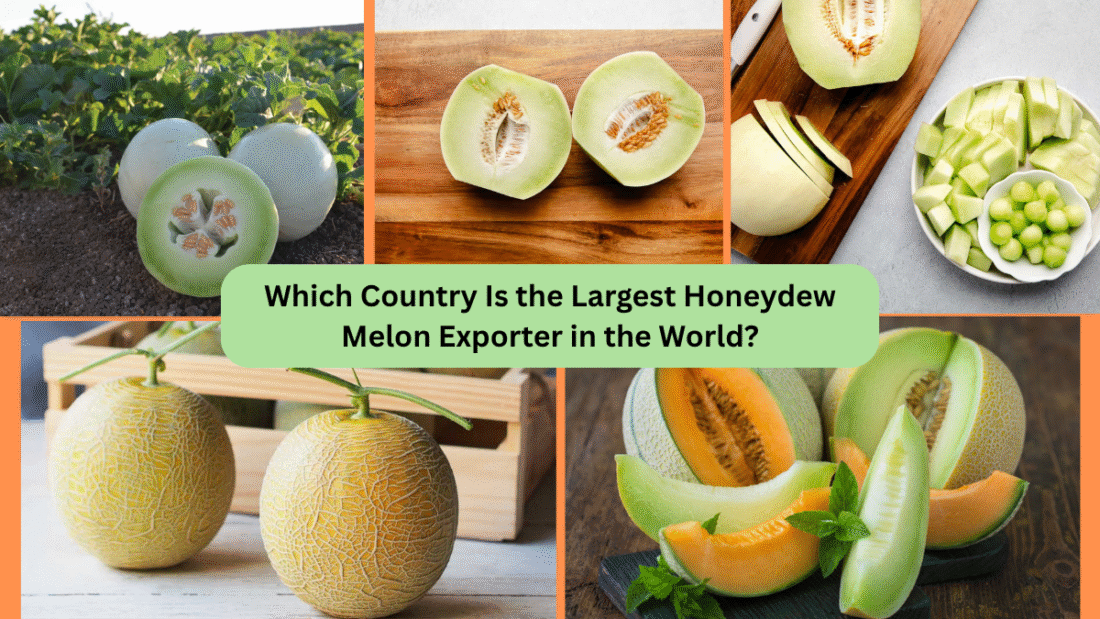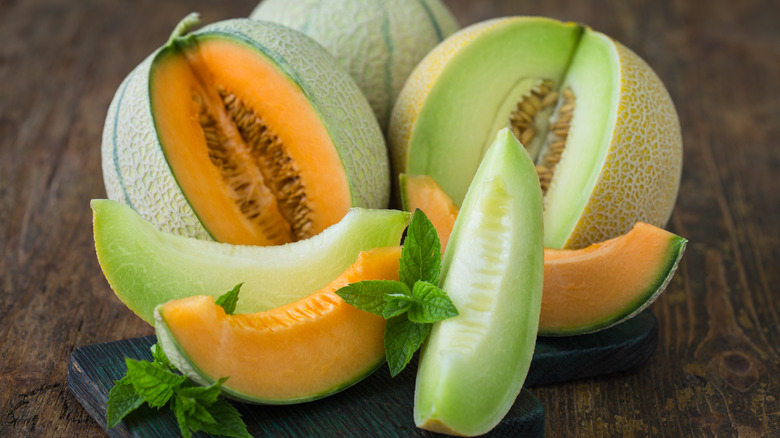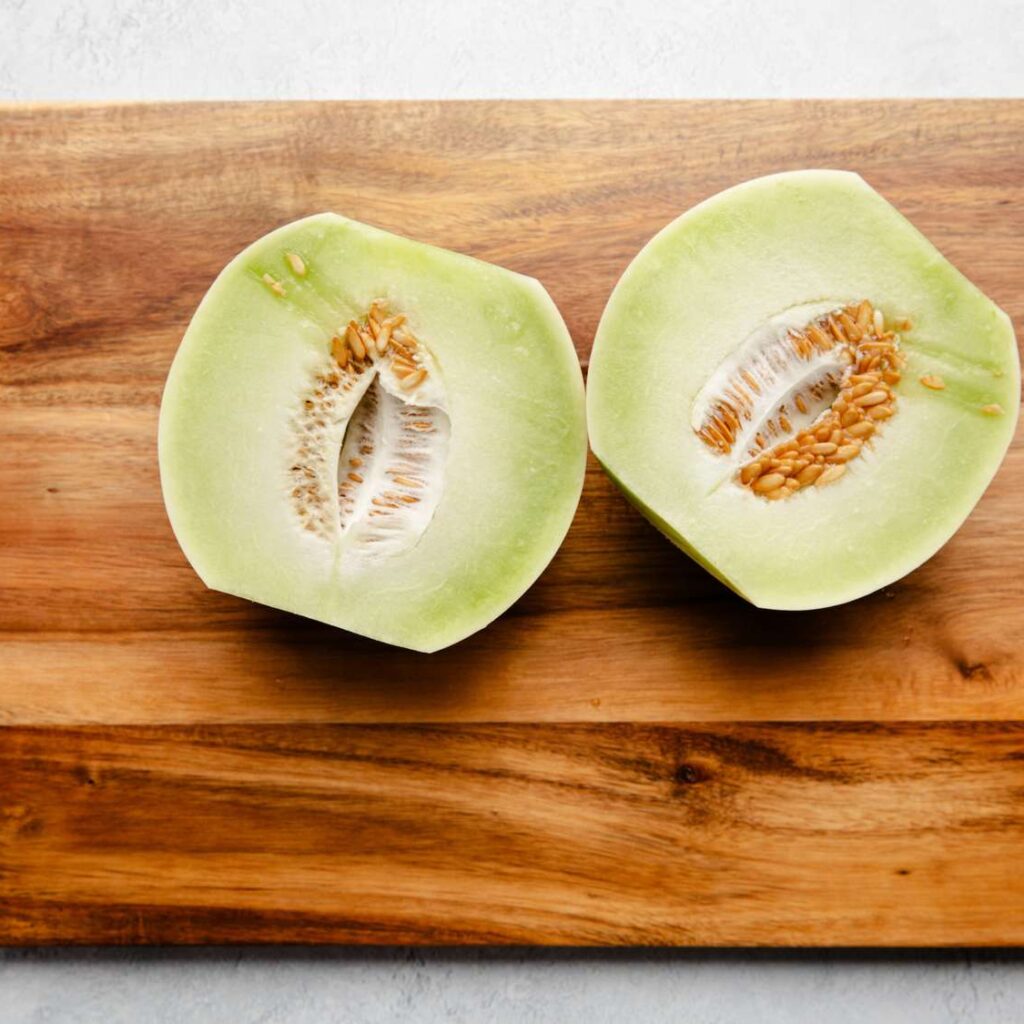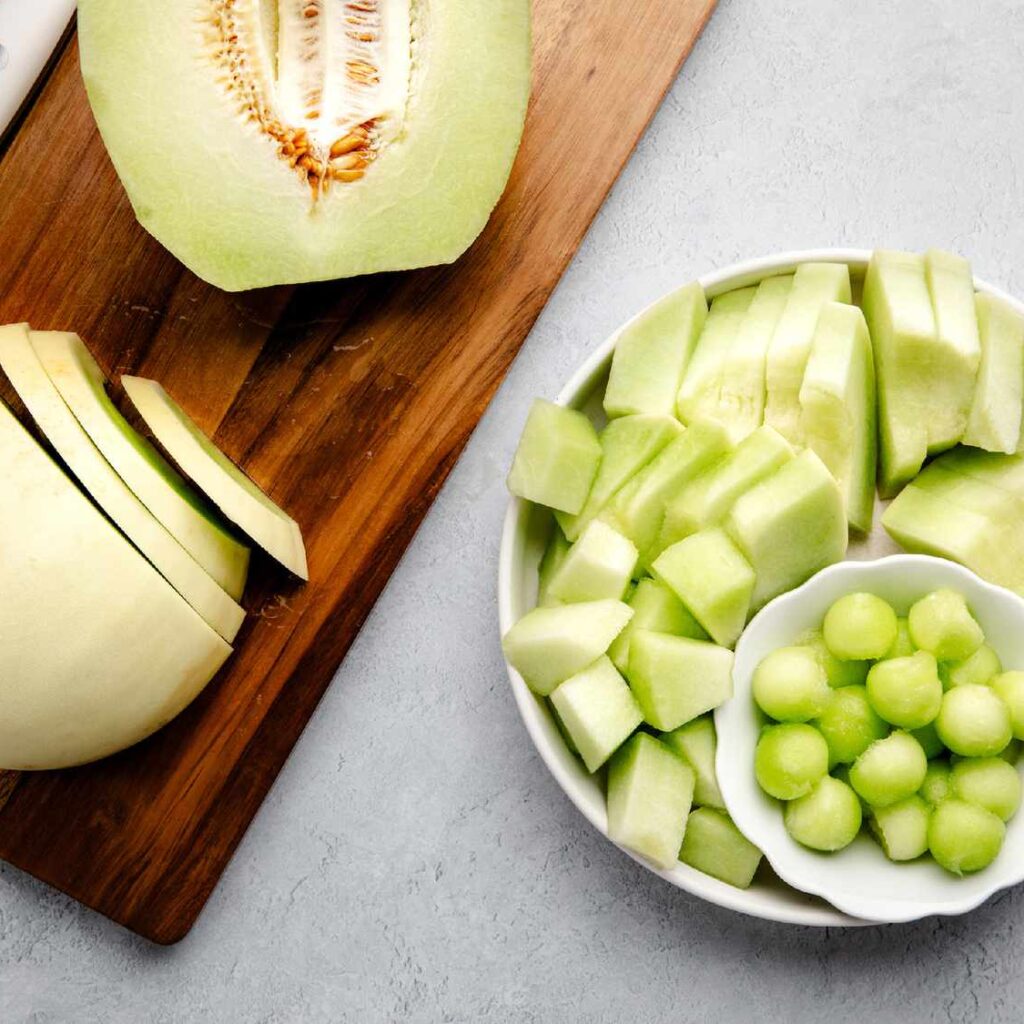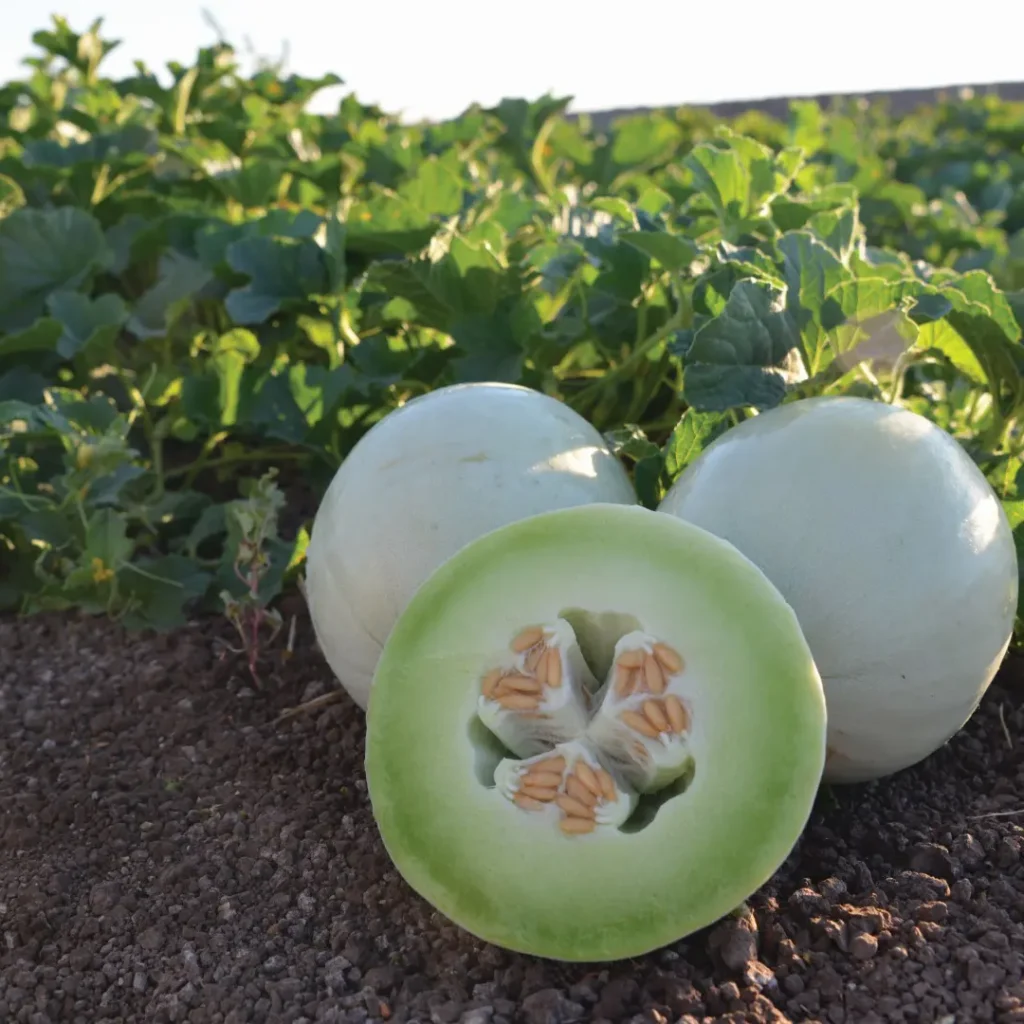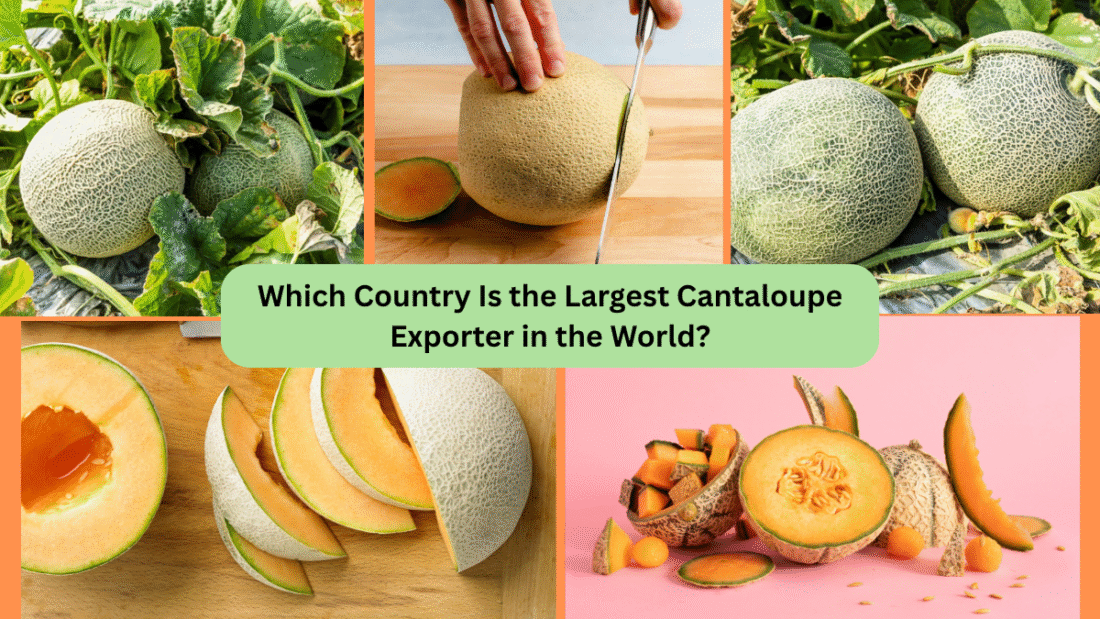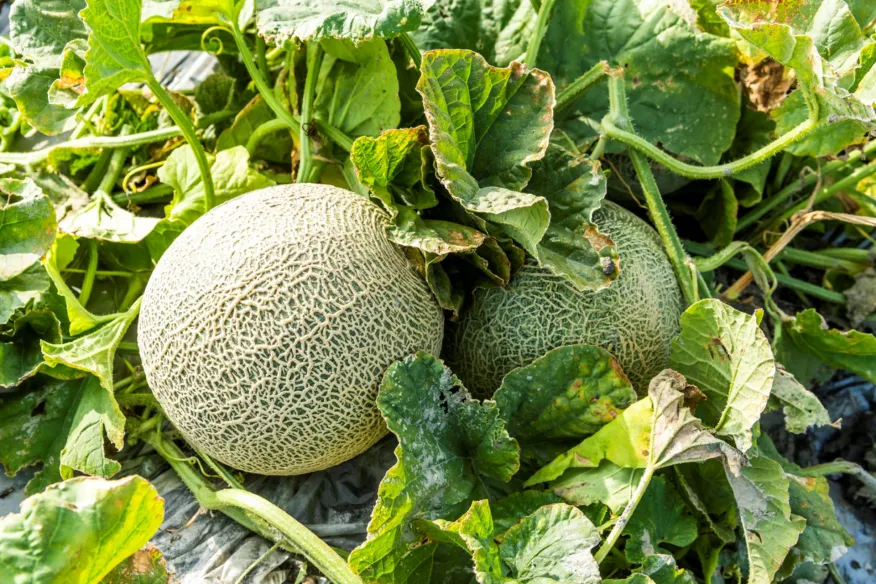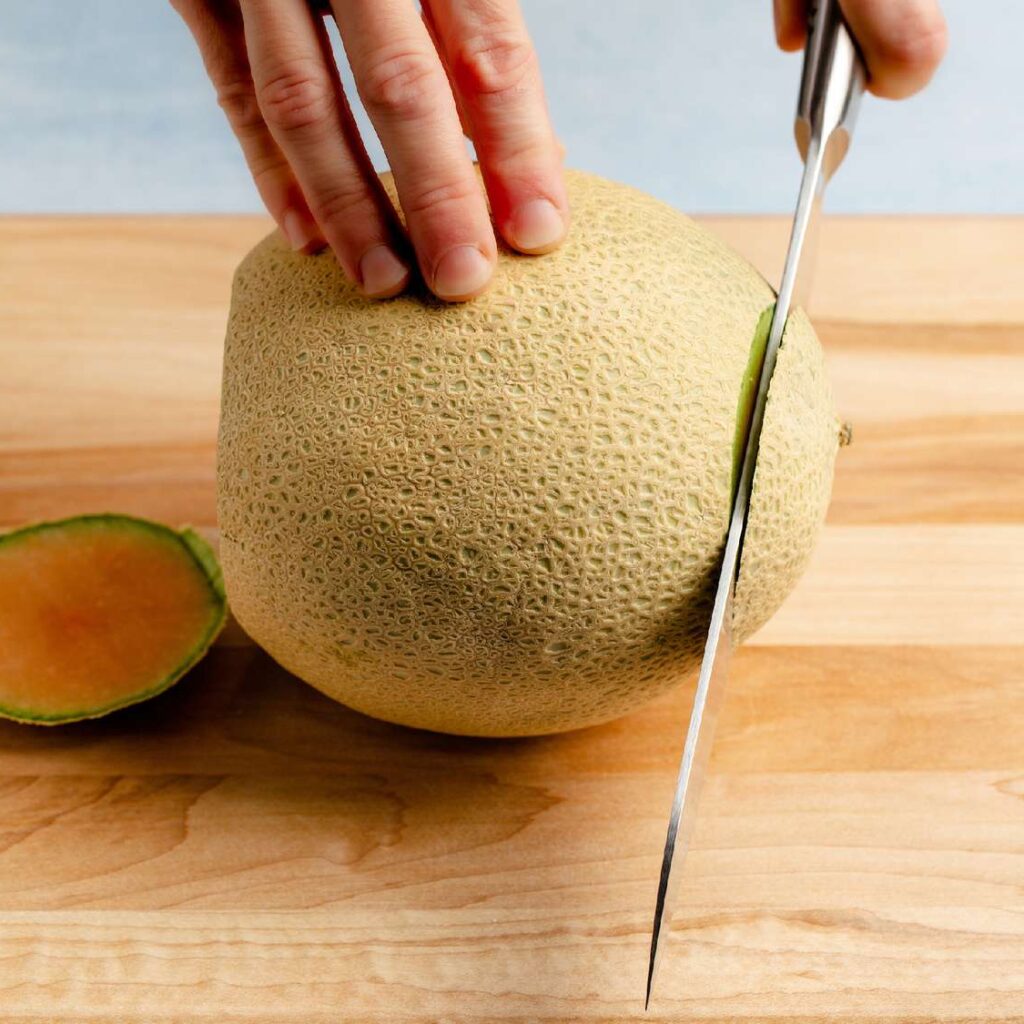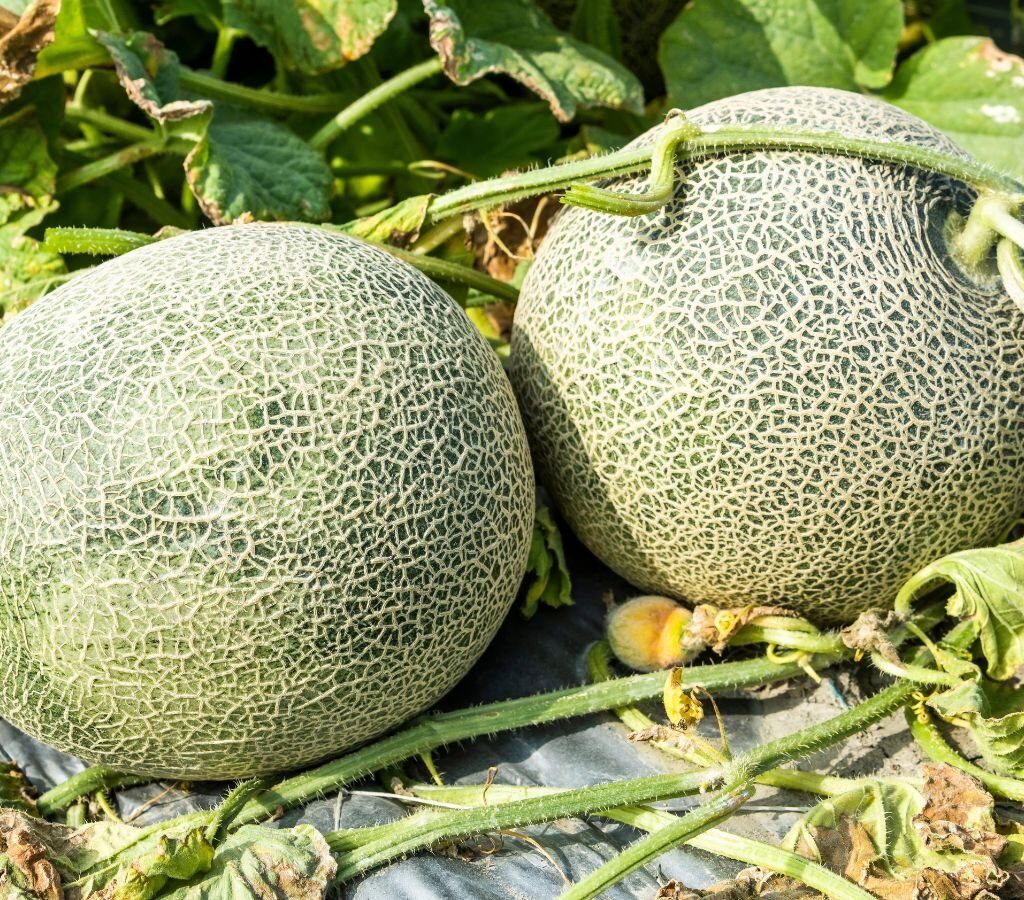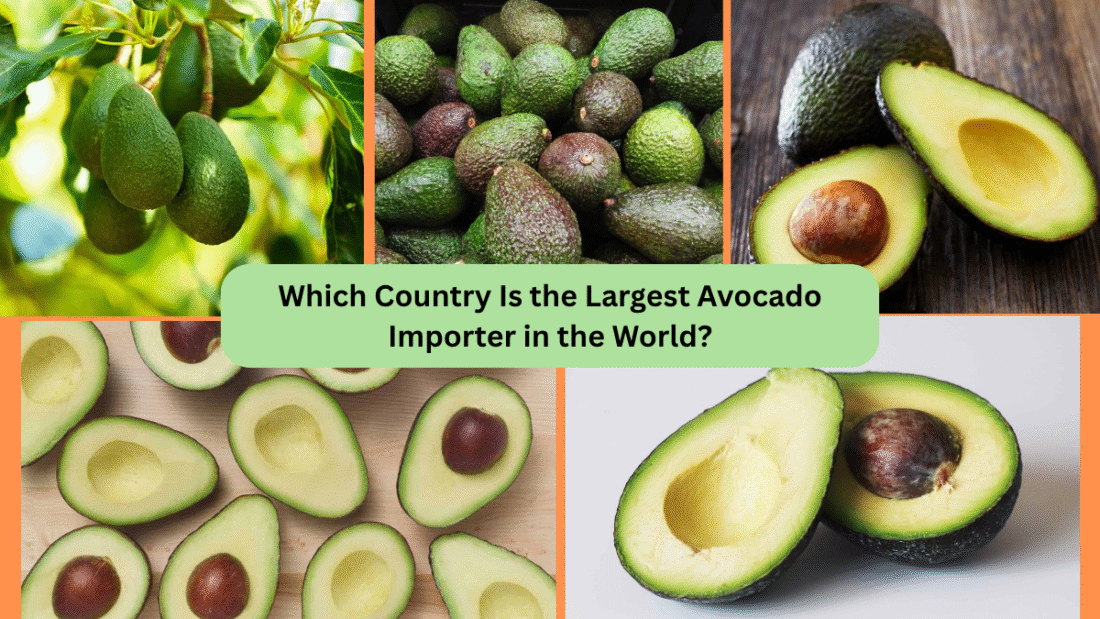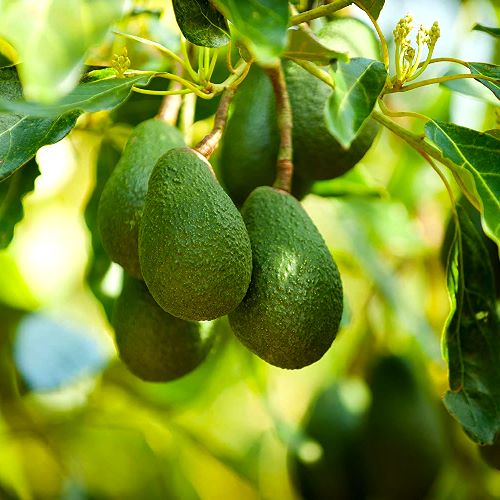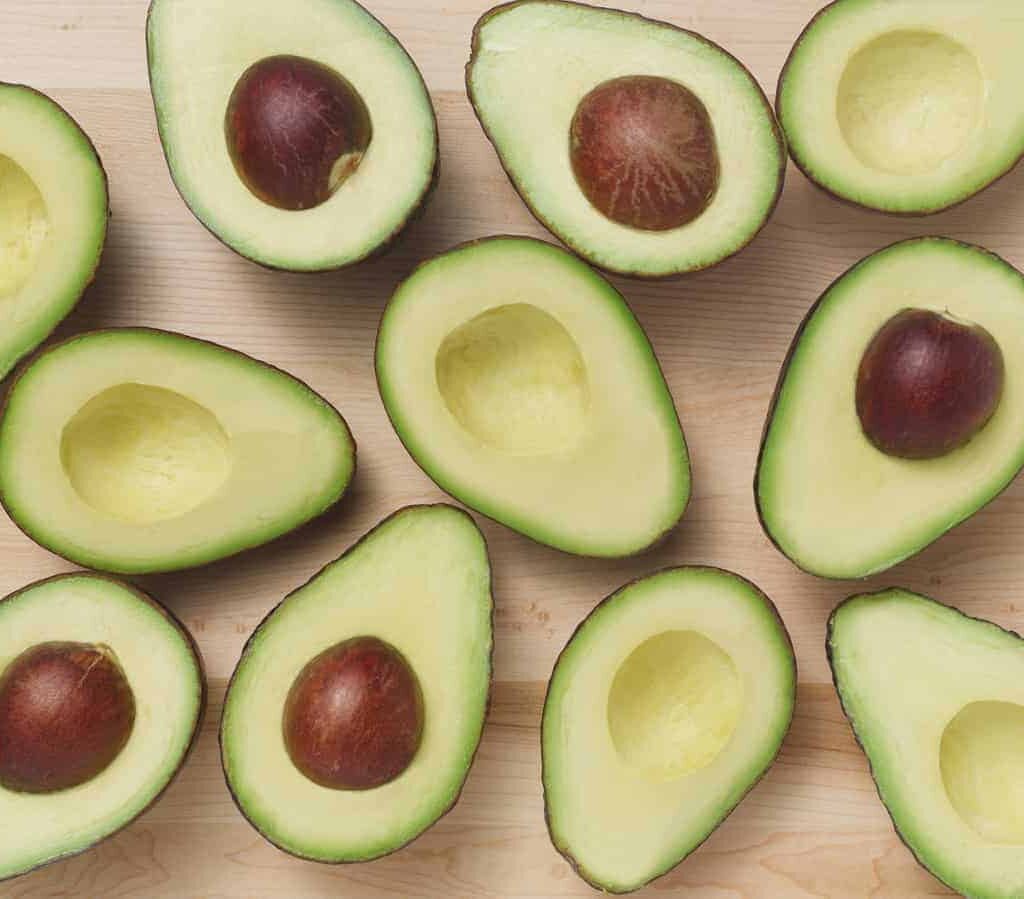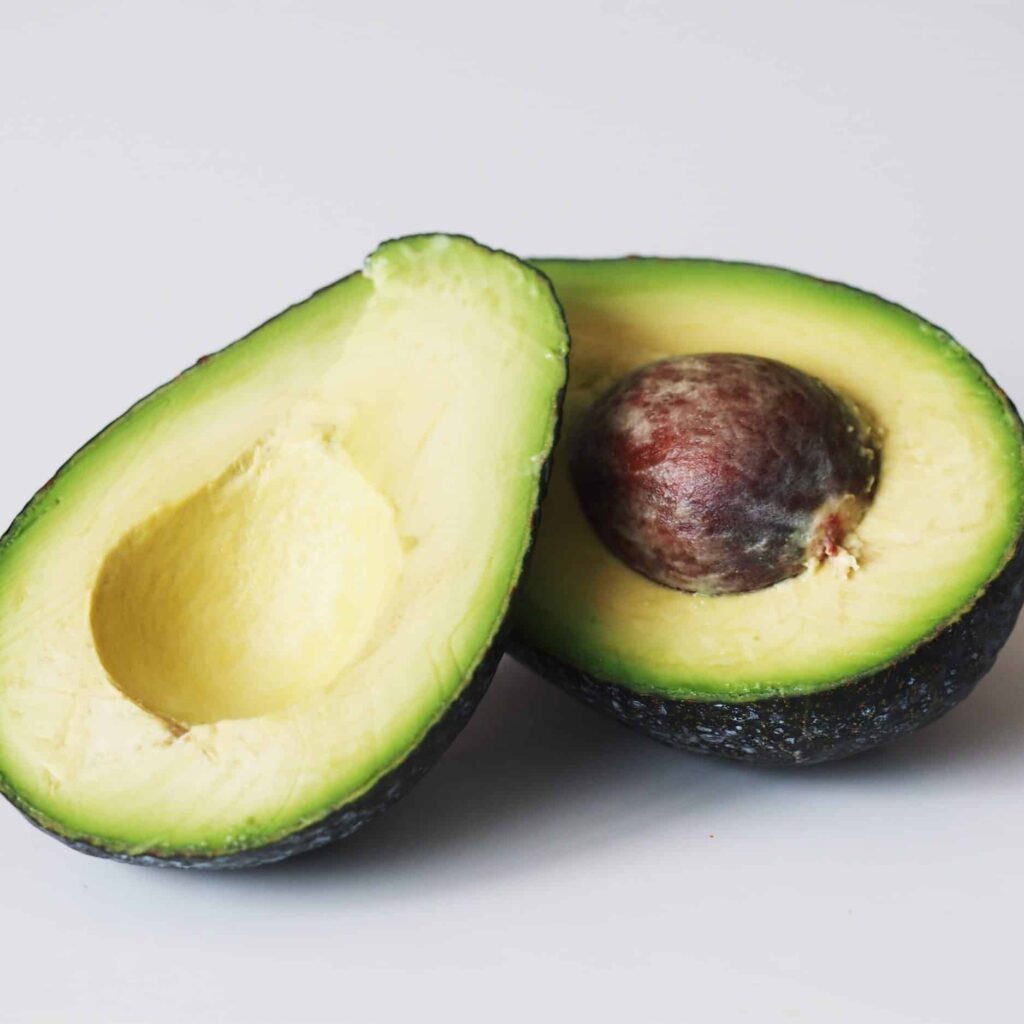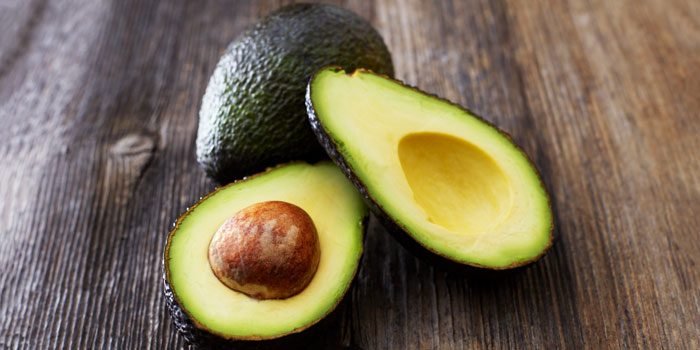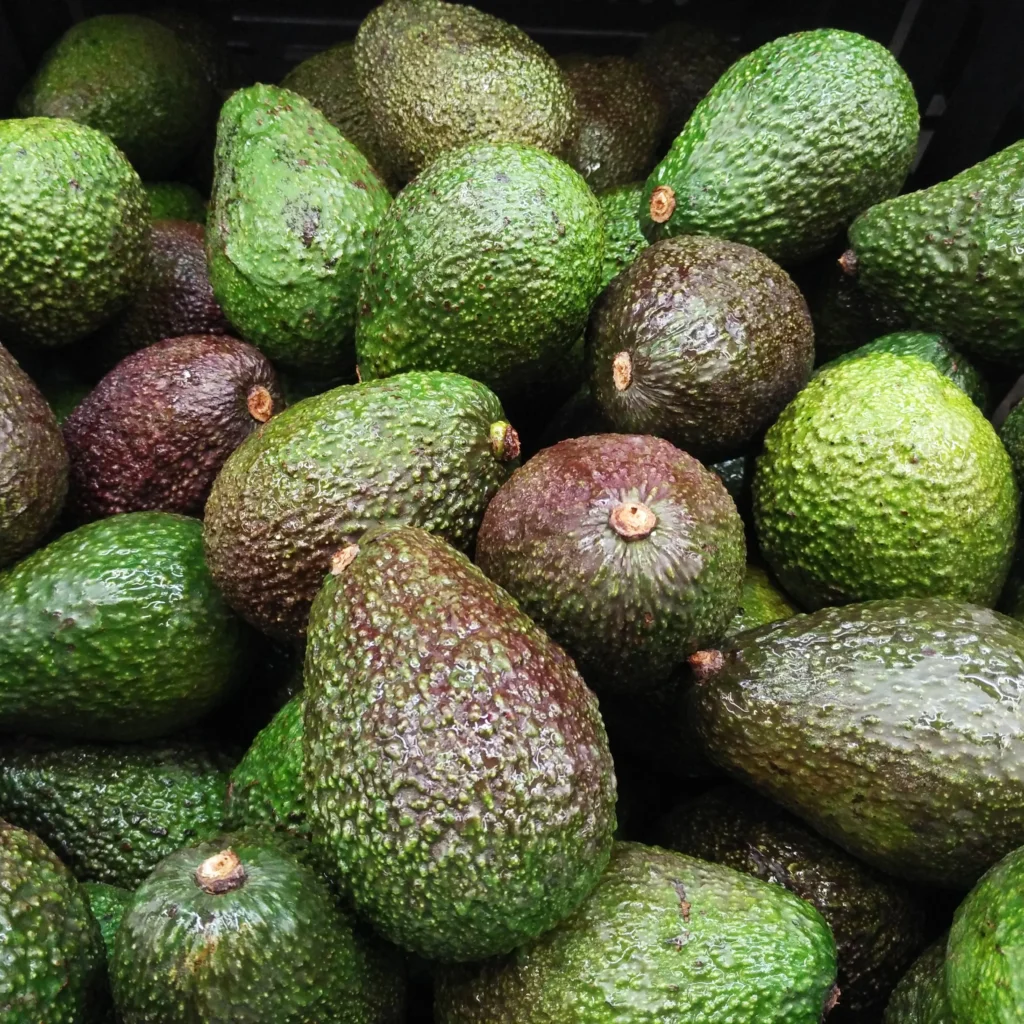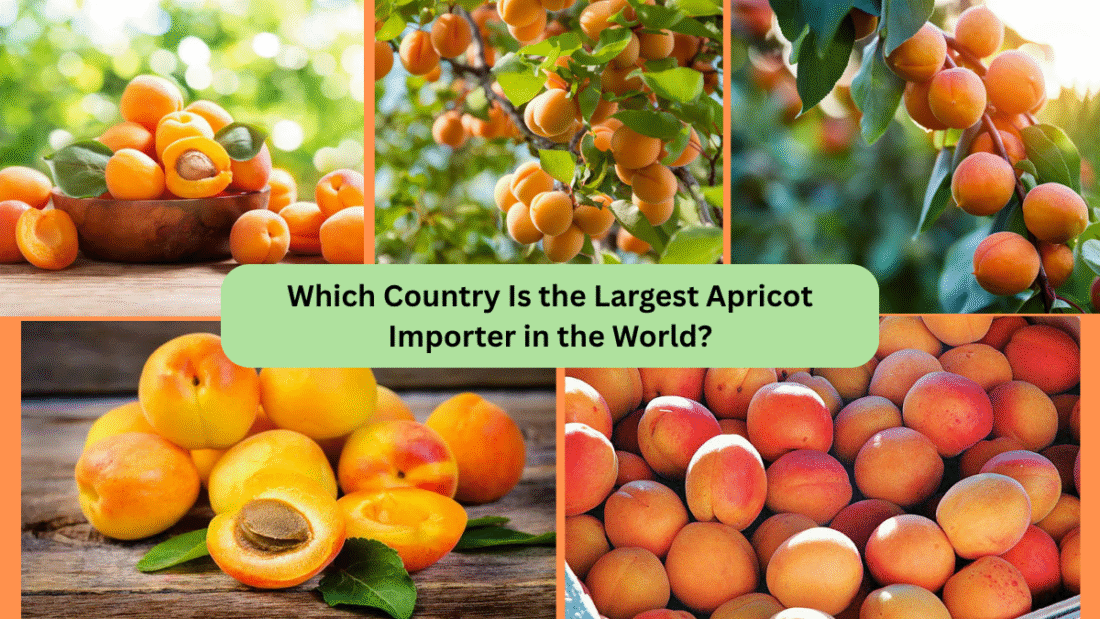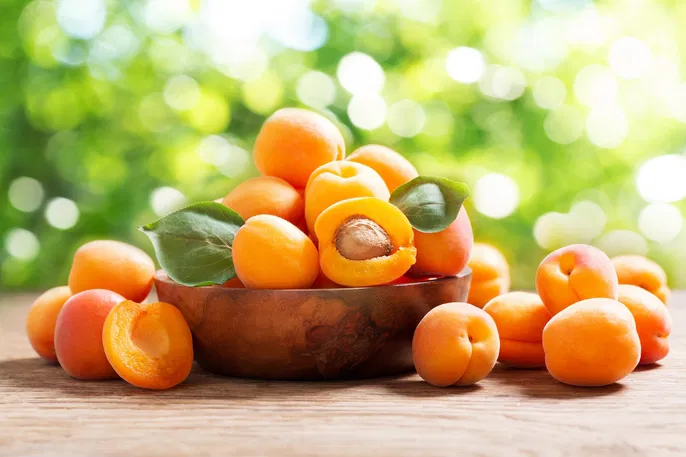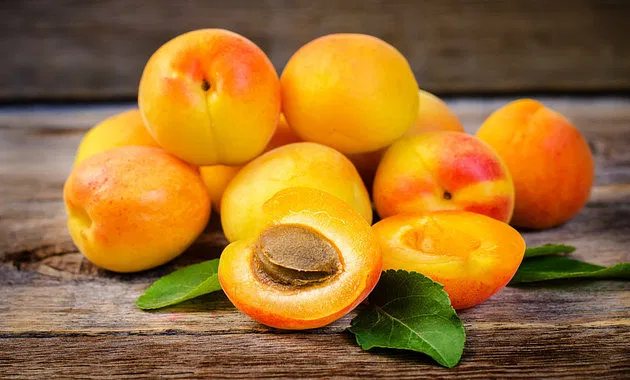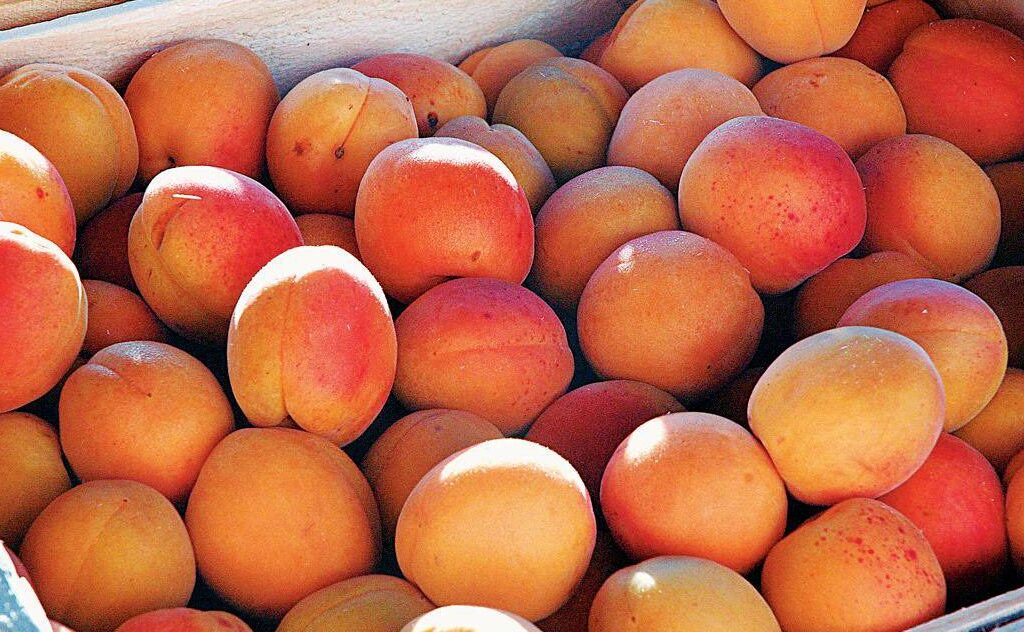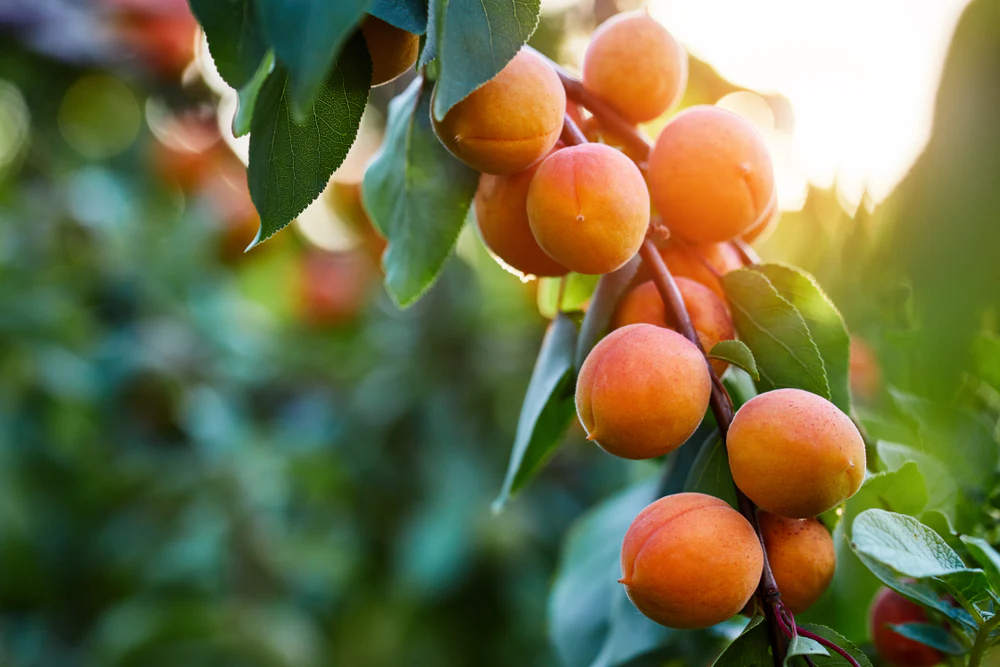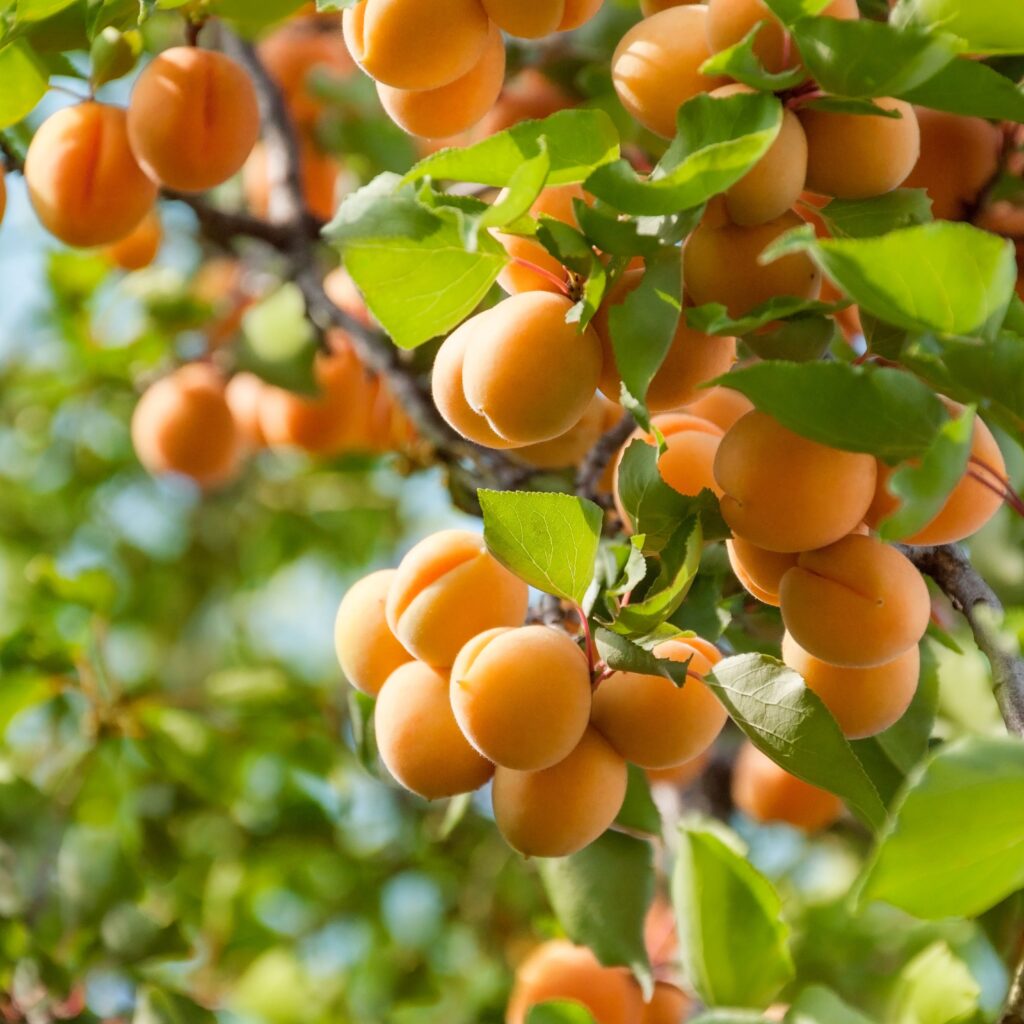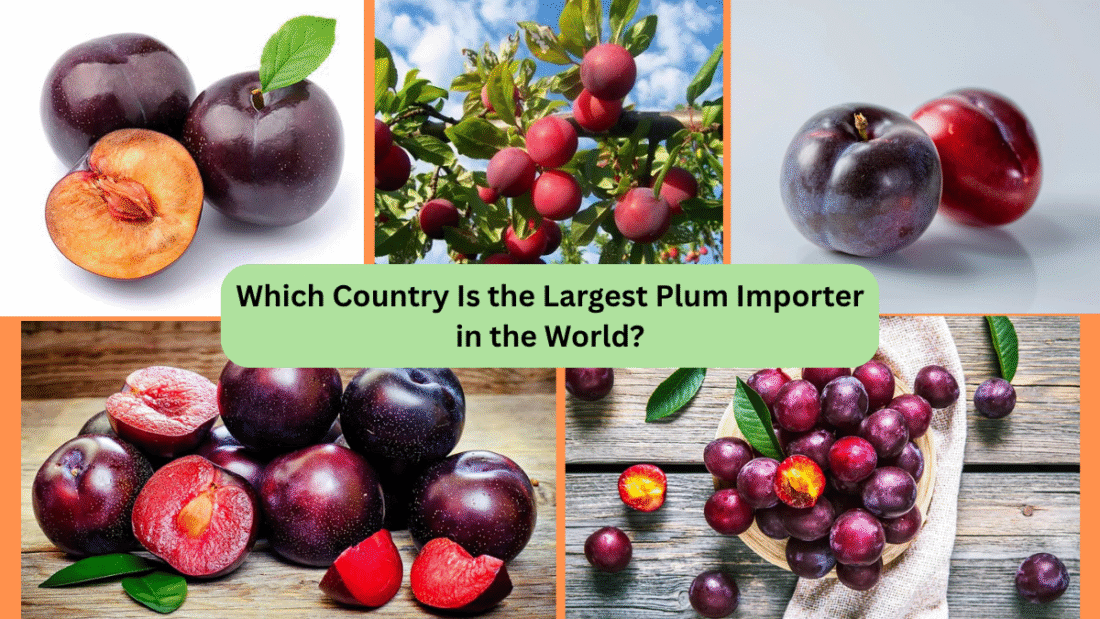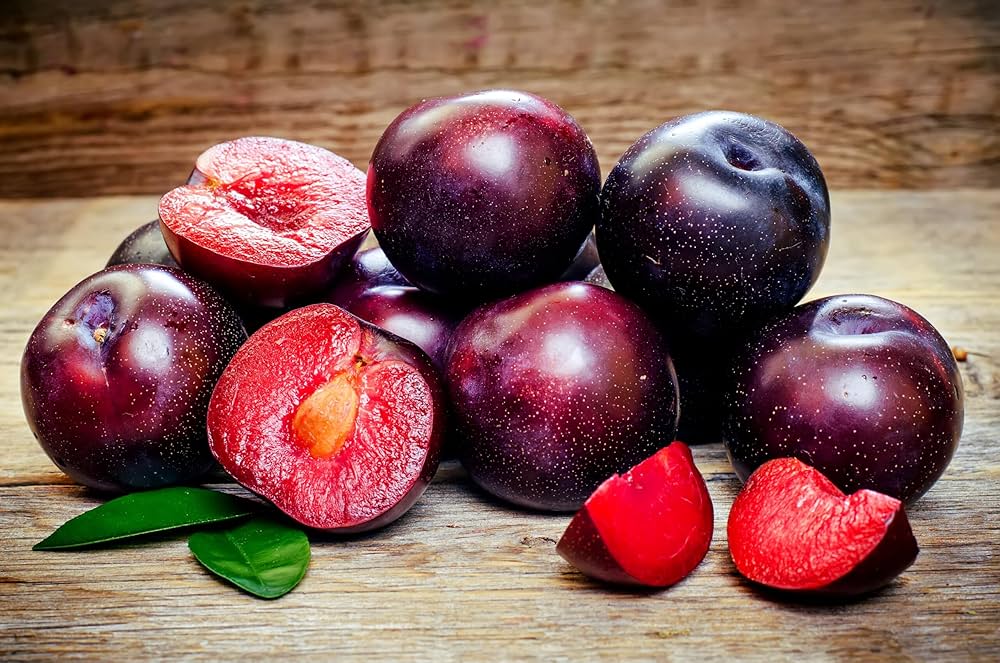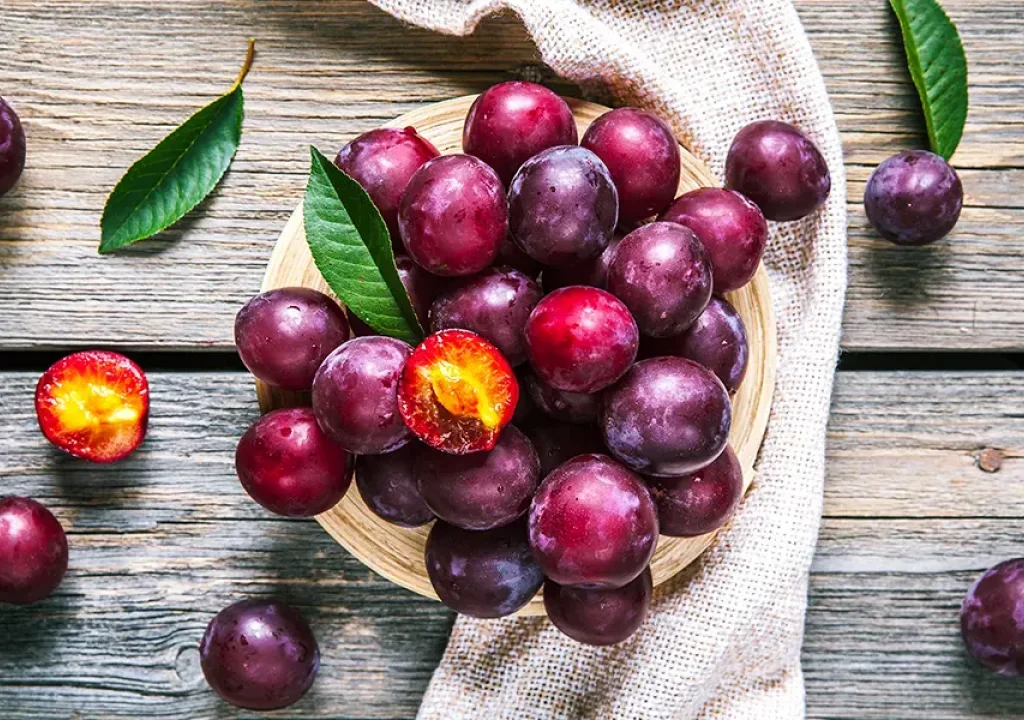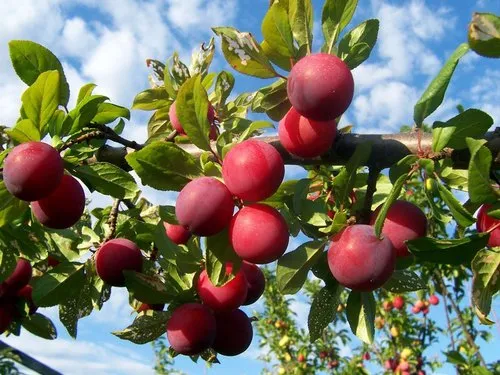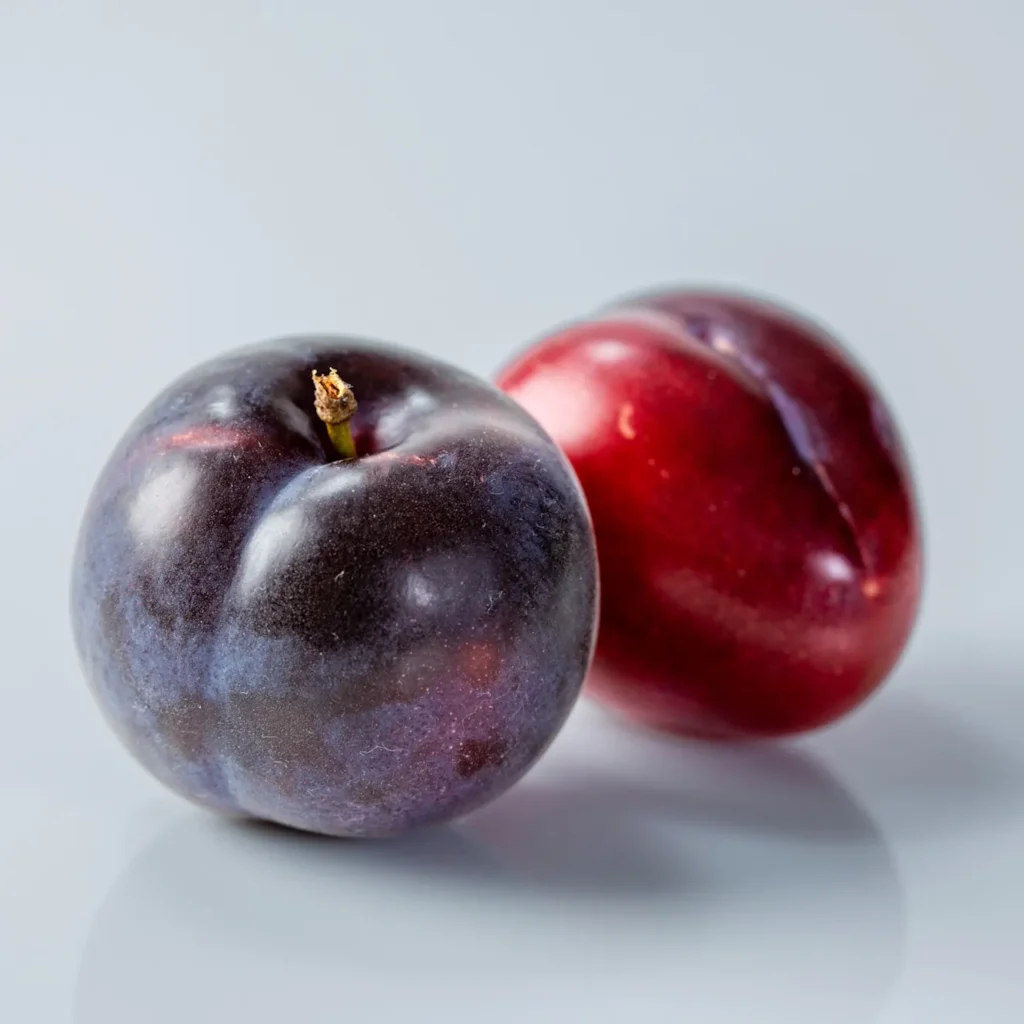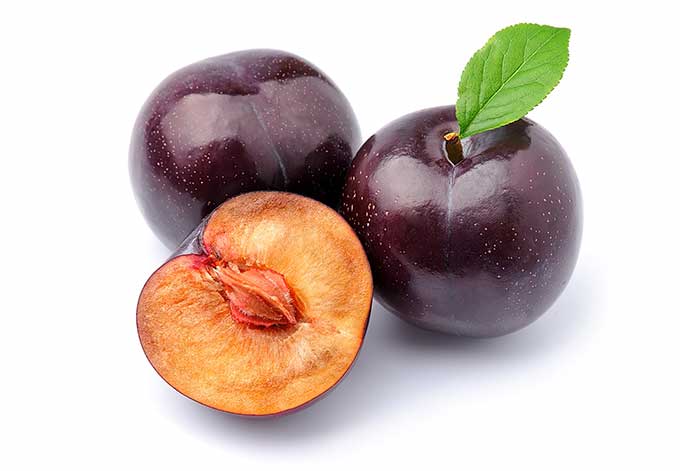Kiwi fruit, with its distinctive fuzzy skin and vibrant green or golden flesh, has become one of the most popular tropical fruits enjoyed across the globe. Originally native to China, this nutrient-packed fruit has won the hearts of consumers for its sweet-tart flavor, versatility, and impressive health benefits. As demand for exotic and health-boosting fruits rises worldwide, international kiwi trade has expanded rapidly.
But the question is — which country imports the most kiwis in the world? In this detailed article, we’ll explore the world’s largest kiwi importer, what drives this country’s demand, major exporters supplying the market, and the global trends fueling kiwi’s rising popularity.
A Brief Overview of Kiwi Fruit
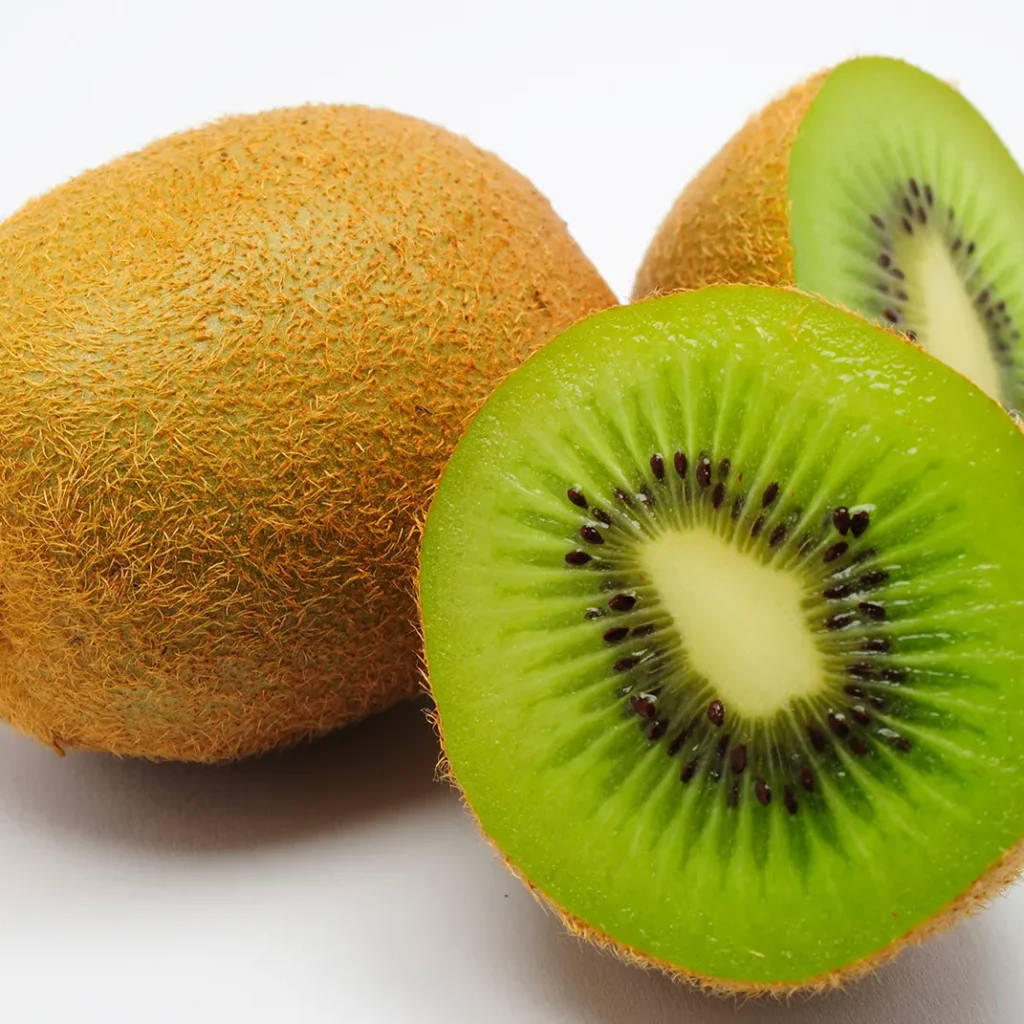
The kiwi, or Actinidia deliciosa, was once known as the Chinese gooseberry due to its origins in central and eastern China. It was later popularized globally by New Zealand farmers who renamed it “kiwi” in honor of their national bird.
Today, kiwi is prized not just for its flavor but for its:
- High vitamin C content
- Abundance of dietary fiber
- Rich antioxidants and potassium
- Low calorie count and digestive benefits
Whether consumed fresh, in fruit salads, smoothies, desserts, or juices, kiwi has become a household staple in health-conscious diets worldwide.
The Global Kiwi Market at a Glanc
According to the Food and Agriculture Organization (FAO) and International Trade Centre (ITC):
- Global kiwi production exceeded 4.4 million metric tons in 2023, with China, New Zealand, Italy, Iran, and Greece as the top producers.
- Kiwi exports reached over 1.6 million metric tons, valued at around USD 4.5 billion globally.
- Consumer interest in nutrient-dense superfruits continues to drive both production and trade.
While several countries grow and export kiwis, the global demand has led some nations to rely heavily on imports to satisfy their local markets.
Which Country Is the Largest Kiwi Importer in the World?
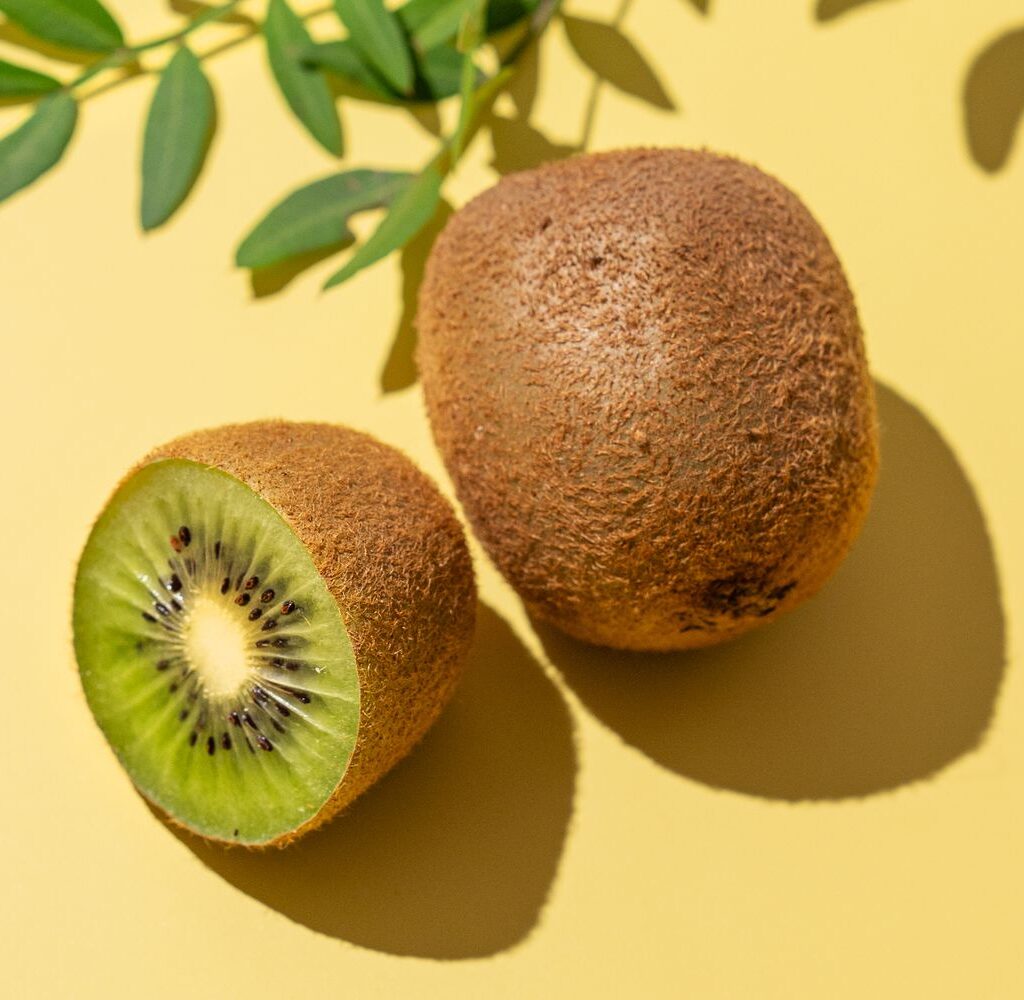
Belgium holds the title as the largest kiwi importer by volume, while China leads in terms of import value.
Belgium — Europe’s Kiwi Distribution Hub
- In 2023, Belgium imported over 169,000 metric tons of kiwis, making it the largest importer by quantity worldwide.
- Belgium’s unique position as a central trade hub in Europe, with well-established ports like Antwerp and Zeebrugge, allows it to serve as the entry and distribution point for kiwis to neighboring EU countries such as France, Germany, the Netherlands, the UK, and Spain.
- A significant share of the kiwi imports into Belgium is re-exported to these neighboring markets, taking advantage of Belgium’s efficient logistics, cold storage infrastructure, and proximity to major European economies.
China — The Top Importer by Value
While Belgium leads in import volume, China is the largest kiwi importer by trade value, spending over USD 598 million on kiwi imports in 2023.
Why Does China, the Top Producer, Import Kiwis?
- High Domestic Consumption:
China consumes more kiwis than any other country, and local production struggles to meet demand, especially for premium, branded, or counter-seasonal varieties. - Preference for Premium Imports:
Wealthy urban consumers in cities like Beijing, Shanghai, and Guangzhou prefer imported kiwis from New Zealand (particularly Zespri SunGold and Green varieties) for their superior taste, appearance, and food safety standards. - Counter-Seasonal Supply:
Imports help China maintain year-round kiwi availability, especially when local production dips between harvest seasons. - Growing Health Food Market:
Rising health consciousness and a booming middle class have fueled demand for superfruits like kiwi, which is promoted for its digestive and immune-boosting properties.
Other Major Kiwi-Importing Countries
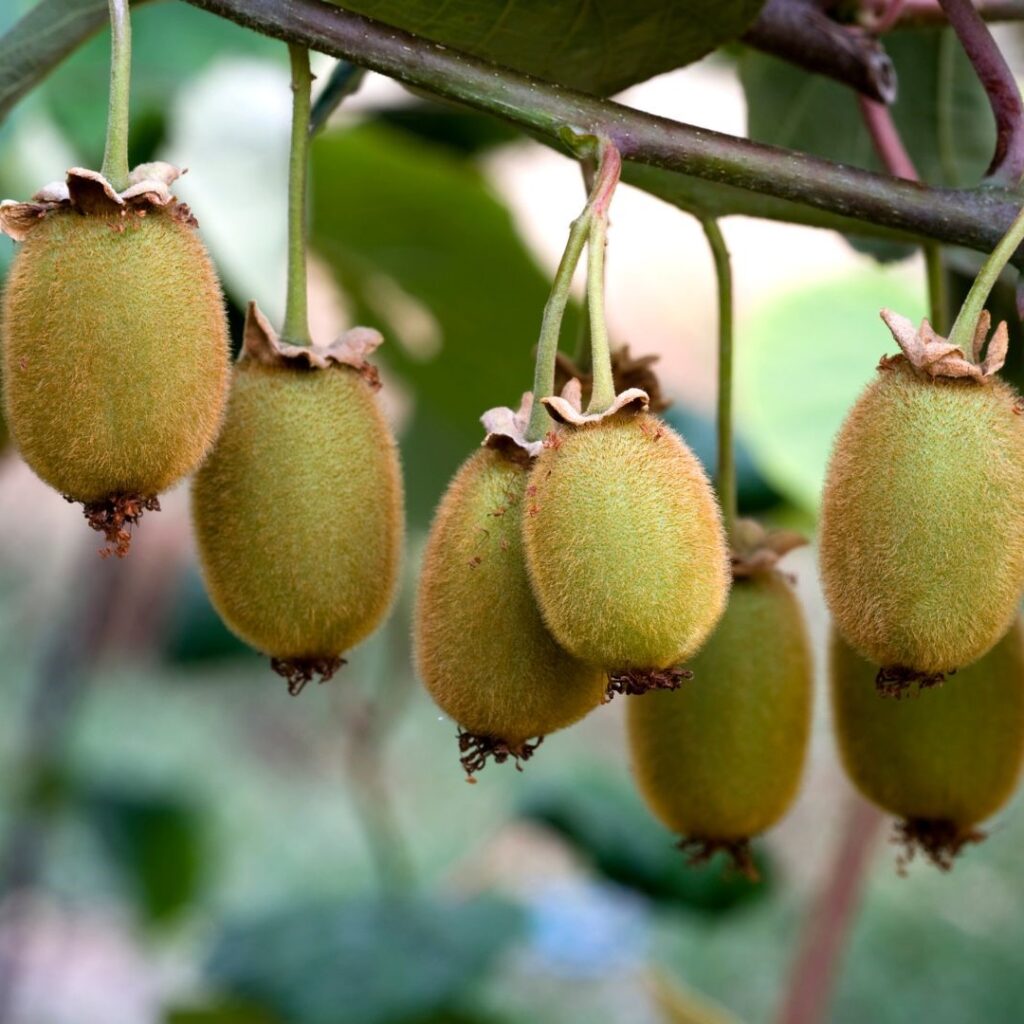
Several other nations are significant players in the global kiwi trade:
- Spain: Imported around 161,000 metric tons in 2023, with demand driven by high domestic consumption and the popularity of health-focused foods.
- Japan: Brought in approximately 116,000 metric tons, favoring premium New Zealand varieties like SunGold.
- United States: Imported over 93,000 metric tons, mainly from New Zealand, Chile, and Greece, to meet growing demand in health food markets and culinary sectors.
- Germany, France, the Netherlands, Saudi Arabia, and Russia are also notable importers of kiwi, contributing to the fruit’s rising global footprint.
Top Kiwi Exporting Countries
To meet global demand, a few countries dominate kiwi exports:
| Rank | Country | Export Share (%) |
|---|---|---|
| 1 | New Zealand | 45% |
| 2 | Italy | 14% |
| 3 | Greece | 12% |
| 4 | Chile | 9% |
| 5 | Iran, Belgium, France | 10% (combined) |
New Zealand leads global kiwi exports, with its famous Zespri brand setting international standards for quality and marketing. Italy and Greece supply kiwis to European and Asian markets, while Chile caters to North America and Asia during New Zealand’s off-season.
How Are Kiwis Transported Globally?
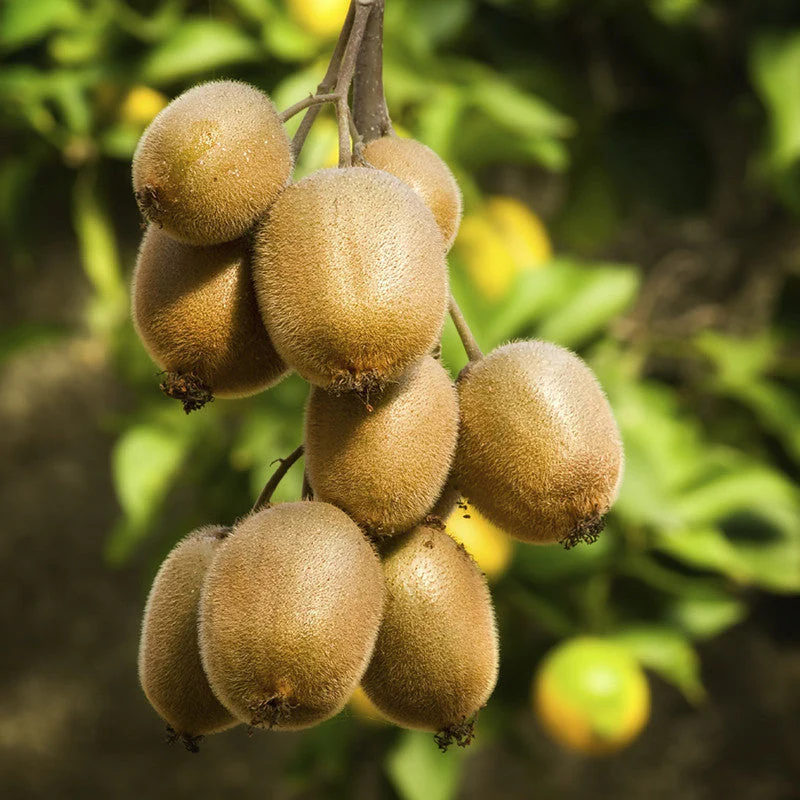
Due to their relative durability compared to other fruits, kiwis are ideal for long-distance trade. They are typically shipped:
- Fresh in refrigerated containers to maintain freshness.
- By airfreight for premium, time-sensitive, or counter-seasonal orders.
- Processed into juices, purees, dried slices, and concentrates, though fresh consumption remains dominant.
Efficient cold-chain logistics and adherence to phytosanitary regulations are crucial for preserving the fruit’s quality across borders.
Kiwi Market Trends and Growth Drivers
Several trends have fueled the kiwi market’s expansion:
- Health and Wellness Boom:
With growing awareness about the benefits of antioxidant-rich and immune-boosting fruits, kiwi has cemented its place as a superfruit. - Demand for Premium Varieties:
Zespri SunGold kiwis, with their sweeter flavor and golden flesh, fetch higher prices and are especially popular in Asian markets like China, Japan, and South Korea. - Year-Round Availability:
Through strategic planting across hemispheres, exporters like New Zealand and Chile provide continuous supply, balancing seasonal demand. - Emerging Markets:
Countries like India, Vietnam, Morocco, and the UAE have shown significant growth in kiwi imports over the past five years, driven by urbanization and rising disposable incomes. - Sustainable Packaging and Organic Demand:
Rising environmental awareness has encouraged exporters to adopt eco-friendly packaging and expand organic kiwi production.
The Future of Kiwi Imports
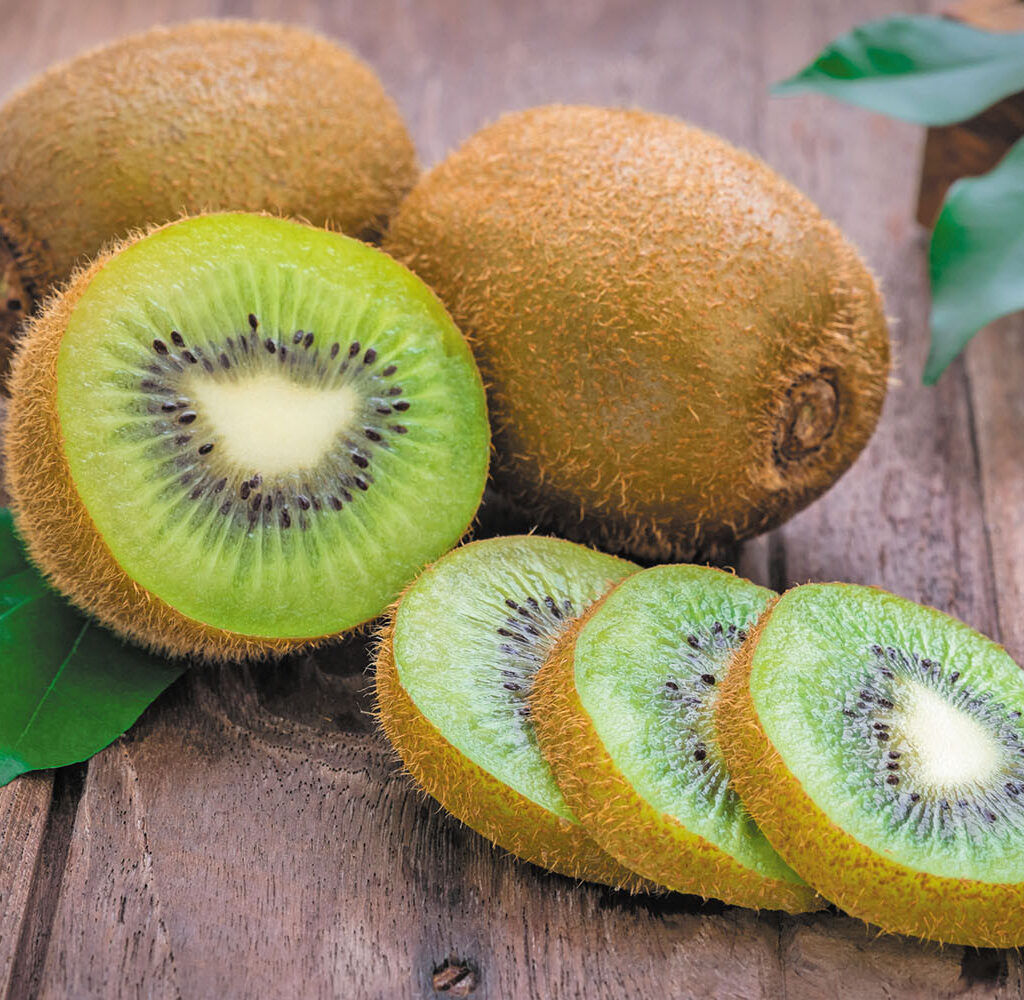
The global kiwi market is projected to continue its upward trend:
- Kiwi imports are expected to surpass 2 million metric tons by 2030.
- Belgium is likely to remain the volume leader due to its strategic European role.
- China will maintain its position as the top importer by value, fueled by premium product demand.
- Emerging markets in Asia, Africa, and the Middle East will further reshape the trade landscape.
- Advances in logistics, disease-resistant cultivars, and sustainable farming will drive the industry forward.
Conclusion
To summarize:
- Belgium is the largest kiwi importer in the world by volume, acting as a central European hub for kiwi distribution.
- China is the largest importer by value, driven by its appetite for premium-quality kiwis and year-round supply needs.
- New Zealand leads global kiwi exports, followed by Italy, Greece, Chile, and others.
- The kiwi market is thriving, supported by health-conscious consumers, culinary versatility, and effective international trade systems.
As one of the fastest-growing fruits in global markets, kiwi’s journey from orchards in New Zealand and Italy to supermarket shelves worldwide is a testament to its universal appeal and nutritional value.

